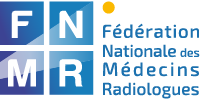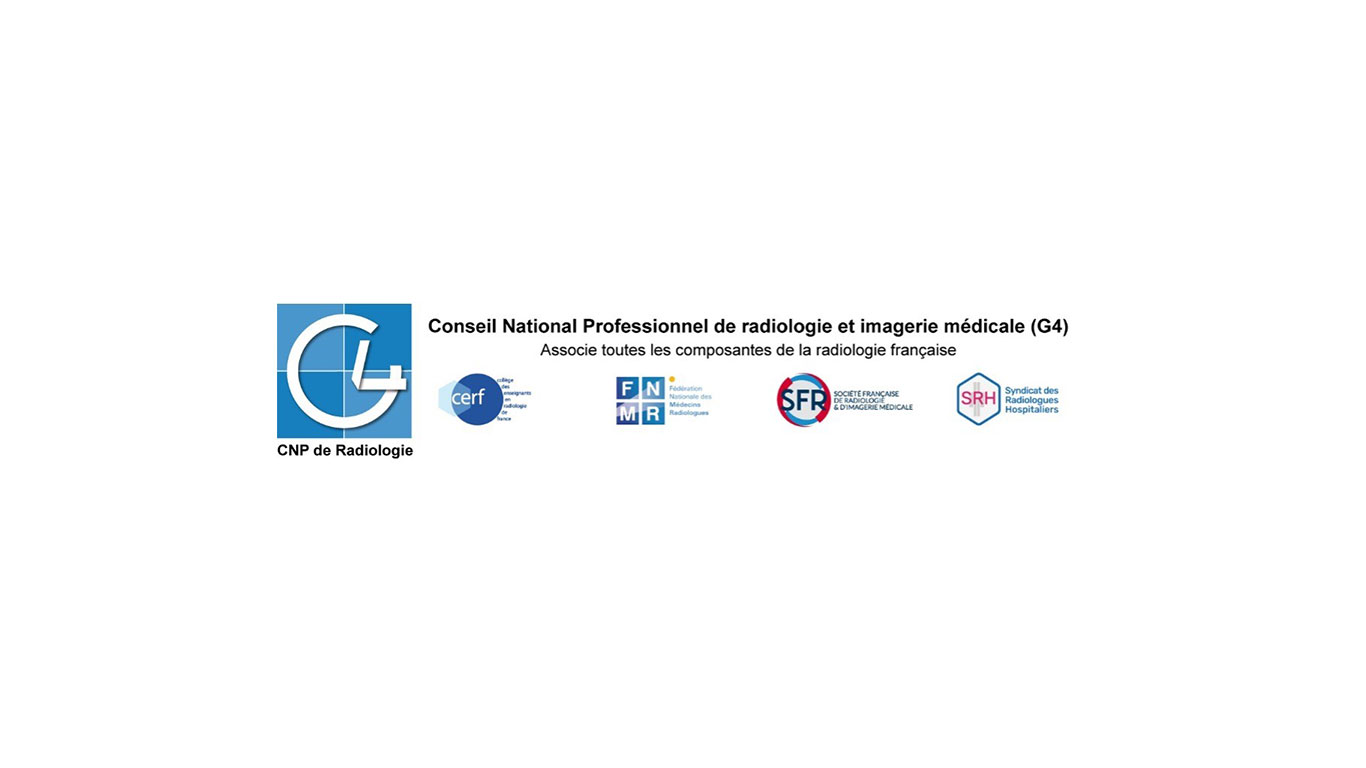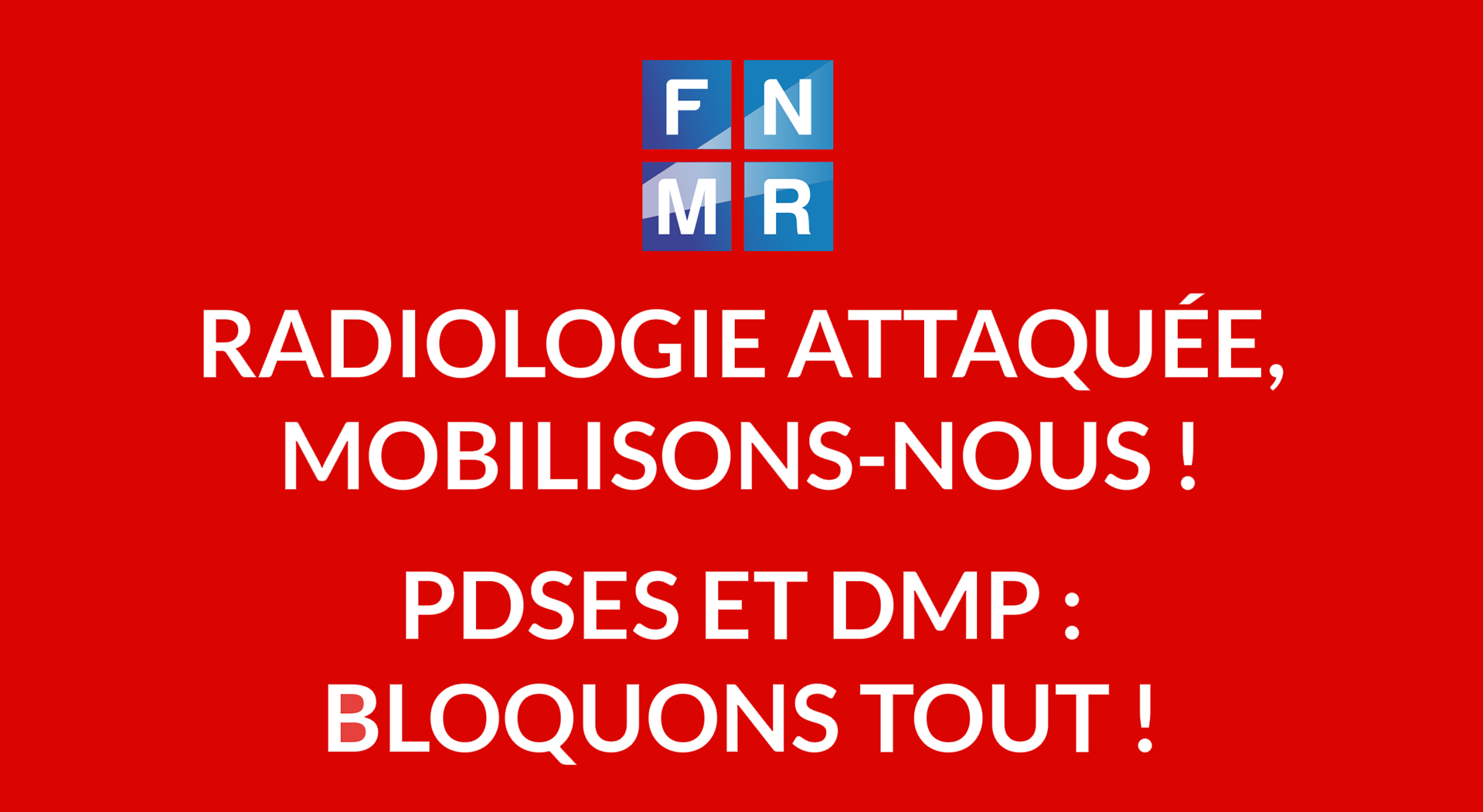Where Simago, Résonance and Imapôle have led, other French radiology groups are likely to follow as rising costs and labour shortages drive them into the hands of private equity firms. However, controversy is brewing in France as some radiologists fight against the consolidation wave that has already overcome their cousins in medical labs.
There have been four high profile deals so far this year in the French medical imaging space. Groupe Résonance Imagerie was the first to trade following a competitive process that tempted in Chequers Capital, GIMV, Parquest and Five Arrows before Andera Partners triumphed in May. Simago followed it onto the M&A market and eventually struck a deal with Ardian after turning down BC Partners, Eurazeo and infra fund Antin. Over the summer, a group of clinics in Montpellier, known as Project Faraday, sold a majority stake to Parquest and Lyon-based Imapôle sold a minority interest to Eurazeo.
“We were hunting for a platform in radiology for a while,” said Eurazeo’s CEO Virginie Morgon. “Private equity investment brings a lot of positives both for the patients and the doctors. The capex need in the industry is rising all the time.”
The four deals are the product of years of ground-up consolidation, but only the tip of the iceberg in an EUR 5bn-EUR 6bn industry, where the top five players (Simago, the hospital group Elsan, IMPF, Résonance and France Imageries Territoires) control just 6%-7% of the market, according to an executive at one large group. There are 8,000 radiologists in France and 4,000 work privately with another 1,000 performing a mix of public and private work, data from the Fédération Nationale des Médecins Radiologues (FNMR) suggests.
“If you step back a minute, two or three years ago there were more and more initiatives in the space,” the executive said. “Some had a bit of success in creating groups. Private equity, though, is investing behind the management team and interesting projects. They are certainly not looking for start-ups. So, it’s only recently that the industry has become investible and that’s why you see this wave of transactions.”
The range of bidders for the platforms and the price they were willing to pay shows their appeal. Valuations have all settled in a tight range of mid-teens multiples. At the top end, is the 16x Ardian reportedly paid for Simago which is one of the market leaders with more than 100 radiologists centred in the Paris and the Île-de-France region, according to its website. At the other end, is the 14.5x-15x multiple achieved by Faraday in Montpellier. Faraday’s valuation suffered from its location in the south of France, lack of integration and the loss of some doctors, according to a report.
The capex cost of equipment and software and need to generate back-office synergies to counter labour shortages is too oppressive for standalone clinics. Large groups are also investing in AI to try to improve workflow. Then there are synergies to be found in admin, finance and other back-office tasks.
“People have been asking us for 10 years do you think we should consolidate French radiology but they didn’t want to do it as the capex is so high,” said healthcare specialist Marc Kitten from Candesic. “Internationalisation is also very difficult as regulation differs in every country. But recently the decrease in the price, especially of used machines, has reduced the high capex barrier for people to invest in the area.”
The number of radiologists coming through the system is also fewer than those retiring, according to Dr Jean-Philippe Masson, President of the FNMR. Retirees can’t find anyone to take over their practices. Once you take into account the EUR 124,000 French radiologists earn each year, which Masson said is less than anywhere else in Western Europe, the temptation to sell is irresistible. “They are only human,” he said, adding that radiotherapists can expect to earn four times more.
Magnetic resonance financing
Debt funds are also comfortable lending into the space. Simago, for example, was offered unitranche financing at 6x leverage. Ardian private debt provided a unitranche loan to Résonance that would finance three new acquisitions, bringing in 17 new MRIs and scanners, according to a release. The leverage on offer was in the 5x-6x region, according to a Debtwire report.
“It’s easy to lend into as the cashflow is highly predictable and the merits of buy and builds are very clear,” said one lender. “It’s very fragmented and some of the platforms are not hugely professional. But it’s a highly regulated market and one of the risks is definitely state strategy.”
The French government has made noises about a windfall tax on the lab industry, which enjoyed supernormal profits during the COVID-19 pandemic. Parliament narrowly dismissed a similar tax on energy firms put forward by the left, but the state has showed it’s ready and willing to eat into labs’ profits, already reduced by a 30% cut to tariffs over the last 10 years.
“I don’t see that happening in imaging as they actually had a difficult pandemic, but it goes to show that regulation and government policy controls the market,” said the lender. “It’s possible they could reduce tariffs for example.”
Laboratory groups, in fact, are targeting the other side of diagnostics. Inovie was reported to be among the bidders for Faraday. Others have shown an interest in the sector, according to the operator, but he thinks doing deals with them is a mistake. “Bringing lab services into a discussion with a new acquisition is the best way to be asked to leave,” he said. “Anyone partnering with them is shooting themselves in the foot. Radiologists are still key in the workflow and they have a different mindset to pathologists.”
There are tough choices to make over the ownership structure that guarantees doctors maintain control over clinical practice. French medical imaging groups have to be at least 75%-owned by radiologists at the operating company level. However, much like in the lab industry, there are loopholes when it comes to holding companies and what exactly constitutes medical/clinical independence.
“The regulation is quite complex and everyone has a different way of approaching it,” the operator said. “The principle, though, is that the doctors should be truly free in the way they practice medicine. My sense is that the regulator is looking very closely at whether that is truly the case everywhere.”
While in France minority deals are the norm, there have been a number of majority deals across Europe and Germany in particular. EQT Infrastructure, for example, acquired Meine Radiologie and Blikk last year and is combining the two into a radiology and radiotherapy platform employing 1,300 people across 65 locations. In the current pipeline, there is Gilde Healthcare’s Rad-X, which despite being originally headquartered in France, has focussed its expansion on Germany and Switzerland.
The idiosyncrasies of French regulation may prevent foreign consolidators from targeting local operators, for now. But there is nothing stopping French groups from taking their model abroad themselves, the operator said. “We are controlling the way we want to evolve,” he said. “I don’t think it’s a barrier to growing and becoming international.”
Others see the ownership rules as yet another layer of complexity in a business that’s difficult for private equity firms to manage. “The issue with imaging is that there is generally a higher volume of doctors per quantity of revenue compared to other areas,” said a second investor. “So in radiotherapy, for example, you might have two doctors per every EUR 5m of revenue. In imaging that might go up to five or six and that means there tends to be more minority shareholders. The dynamic becomes very complex and difficult to model.”
Turning back the tide
One imaging provider to have headed in a different direction is Groupe Vidi, which has a different shared purchasing model and raised EUR 45m by asking the doctors to dip into their pockets themselves. Some 300 of the network’s 1,070 radiologists contributed to the initial capital raise which will be the first of many, according to a press release.
“The world of radiology is evolving,” wrote the company. “[There is] a difficult intergenerational transmission linked to a transitory demographic problem with 70% of radiologists aged over 55 on the one hand and an insufficient number of young radiologists trained every other year. It is also linked to the growing challenges of group management imagery whose size has continued to increase and the growing need for shared means to address the technological changes and the necessary investments.”
The FNMR, which represents liberal radiologists, has proposed its own solution to what it calls the “financialisation of radiology”. Masson claims that doctors in private-equity backed chains could be financially incentivised to choose more expensive scans over procedures that are less well reimbursed by the state and insurers.
“What is happening in radiology is the same as what happened in [labs], and we know the results of that. The government is also quite afraid of [history repeating itself] and is looking at ways to prevent them bypassing the 75% ownership rules”.
He is trying to create a marketplace that will help independent practitioners buy equipment and educate them about alternative models. At their average size of eight doctors, it’s perfectly possible for groups to finance the EUR 1m investment required for an MRI for example, he said. “Smaller groups are the usual prey for financial investors as they can’t buy equipment,” he said. “But the others have no problems raising money as banks know they will reimburse them very easily.”
According to one healthcare banker, people have taken note of the valuations achieved in the recent deals and there are more to come. It’s impossible to stop more groups coming on to the market and the consolidators getting larger and larger just as they have in ophthalmology, dentistry and vets. Masson, though, believes not even the tiresome administrative burden of running an independent clinic is a compelling reason to sell. Young doctors are turning their back on the corporate model, he said.
“When you choose to be a private doctor, you choose to be an entrepreneur, which means that you have this kind of fibre of an industrial leader. Maybe [the doctor] doesn’t know anything about regulation or finance or management, but he learns and it interests him and that is part of the job.”
by Claude Risner





















